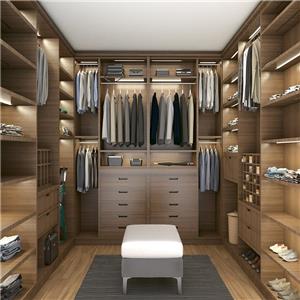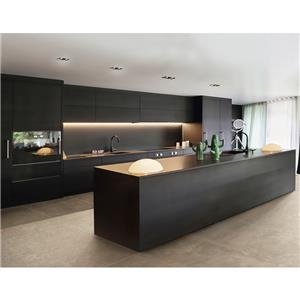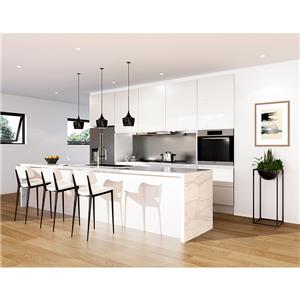Granite Kitchen Cabinet Countertop: Pros and Cons
Granite Kitchen Cabinet Countertops are a popular choice for homeowners who are looking for a beautiful and durable material for their kitchen. Granite is a natural stone that is very strong and can last a long time if properly cared for. Granite kitchen cabinet countertops come in a variety of colors and styles, so you can find the perfect countertop to match your kitchen's decor. However, there are some pros and cons to consider when choosing granite for your kitchen countertops.
| Pros of granite countertop |
Cons of granite countertop |
|---|---|
| Durability | High price |
|
Aesthetics |
Heavy |
| Easy to clean |
Maintenance required |
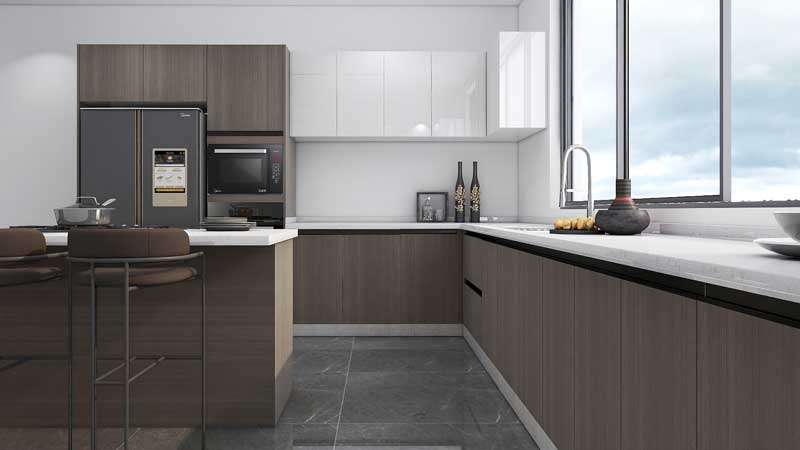
Pros of Granite Kitchen Cabinet Countertop
-
Durability: Granite is an incredibly durable material, making it ideal for kitchen countertops. It is resistant to scratches, heat, and stains, so it can withstand years of use without showing signs of wear and tear.
-
Aesthetic Appeal: Granite is a beautiful material that comes in a wide variety of colors and styles. It can provide a luxurious and stylish look to any kitchen.
-
Easy to Clean: Granite is a non-porous material, making it very easy to clean. Spills and messes can be wiped up quickly and easily without staining the surface.
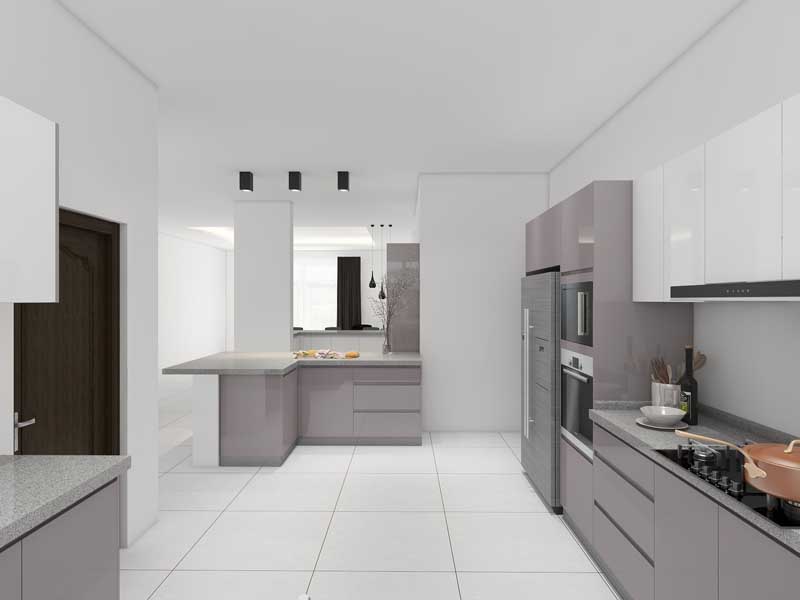
Cons of Granite Kitchen Cabinet Countertop
-
Price: Granite is a pricey material, so it is not the most budget-friendly choice for kitchen countertops.
-
Weight: Granite is a very heavy material, which can make it a bit of a hassle to install and move.
-
Maintenance: Granite requires regular sealing to prevent staining, which can be a bit of a hassle.
Overall, granite kitchen cabinet countertops are a great choice for homeowners who want a durable and elegant material for their kitchen countertops. While it is more expensive than other materials, it can last for years with proper care and maintenance. If you are looking for a stylish and durable countertop option, granite is a great choice.
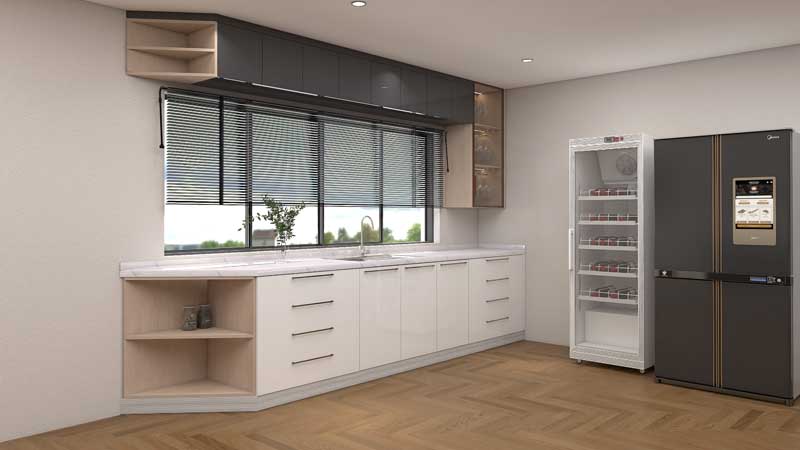
How is granite formed?
Granite is one of the most common and recognizable types of rocks found on Earth. It is an igneous rock that is formed from molten magma deep within the Earth's crust. Granite is composed of several minerals, including quartz, mica, and feldspar.
Granite is formed through a process called magmatic differentiation. This process occurs when molten magma is pushed to the Earth's surface and cools slowly below the surface. The slow cooling allows for the mineral crystals to form and settle out of the magma. In addition to the minerals, the magma also contains water and other gases that further influence the formation of the rock.
As the magma cools, it begins to solidify. During this process, the different minerals in the magma become separated and settle out in different layers. Depending on the minerals present, the final product of this process can be granite or other types of igneous rocks.
Granite is one of the oldest rocks on the planet and it can be found in most parts of the world. It is a very hard and durable rock that is used in a variety of applications such as construction, landscaping, and even jewelry.
Granite is formed through a very long and complex process. It takes millions of years for the molten magma to cool and crystallize into the rock we know and recognize today. The unique combination of minerals and gases that compose granite makes it a very strong and resilient rock that will continue to stand the test of time.
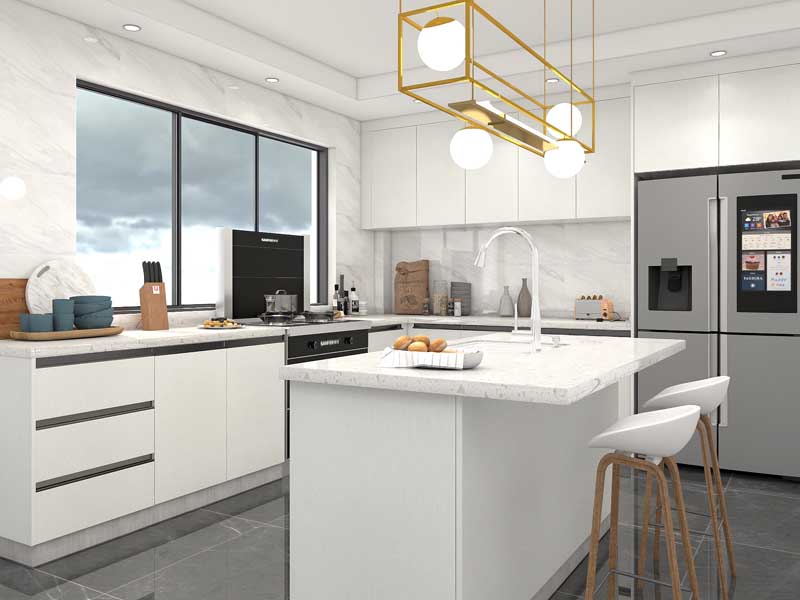
Granite kitchen cabinet countertop FAQs
Do cabinets need extra support for granite countertops?
Yes, cabinets typically require extra support when installing granite countertops. This is to ensure the countertop is securely and properly supported. Depending on the weight of the countertop, additional supports may be needed such as brackets or additional screws. If in doubt, consult a professional for the best advice.
Can a knife scratch granite?
No, granite is one of the hardest materials known and is scratch-resistant.
How to prepare granite countertops for kitchen cabinets?
1. Clean the countertop: Use mild detergent and warm water to clean the countertop. Make sure to get into all of the nooks and crannies.
2. Seal the countertop: Use a granite sealer to seal the countertop and protect it from staining and damage. Apply the sealer according to the manufacturer’s instructions.
3. Level the countertop: Use a level to make sure the countertop is level. If it’s not, use a grinder to even it out.
4. Install the cabinets: Install the cabinets according to the manufacturer’s instructions. Make sure that the countertop is level before installing.
5. Connect the appliances: Connect the dishwasher and other appliances to the countertop. Make sure to follow the manufacturer’s instructions for each appliance.
6. Caulk the seams: Use a silicone caulk to seal the seams between the countertop and the cabinets. Make sure that the caulk is applied evenly and that it adheres to both surfaces.
Related articles
Kitchen Cabinet Materials: Total Guide
Pros and Cons of Butcher Block Kitchen Countertops


